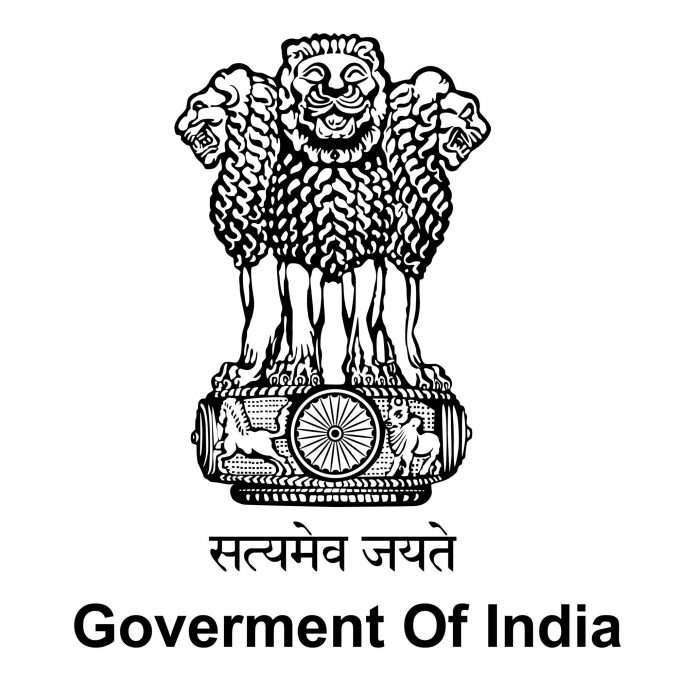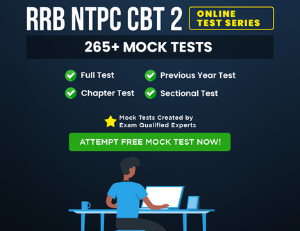Hello everyone. Hope you all are doing good, focusing on your studies and staying home during this tough situation. We are going to present a whole series in which we will be discussing the type of Governments, Biographies of various executives of the Indian Government after Independence, etc. To subscribe to our newsletter and keep visiting hranker.com to get all our latest updates on this series. We have a lot more content and test series on our website which can help you with your preparations. In this blog, we are going to discuss the type of Government in India.
There are mainly two types of Government that function around the world. Firstly, there is Federal Government like in the US, Canada and Australia. Secondly, there is Unitary Government which functions in Countries like the UK or France. However, India has a Quasi Federal Structure. It has features like Emergency Provisions, Army deployment, bias towards centre, etc.
The differences between both the forms of Government are:-
Federal Government
The power is divided between Center and State. The Central and State Governments make independent laws in some cases. Whereas, in some cases, both make the law.
Unitary Government
Central Government hold the power and only Central Government is responsible for making all kinds of laws.
Today we are going to study about the form of Government in India, which we know by now is Quasi Federal Government. Now let’s dive deeper and understand more about how Quasi Federal Government functions in India.
Three branches of Indian Government: Executive, Legislative, and Judiciary.
Let’s discuss them one by one.
Executive
President of India:-
President of India is the highest post and is the constitutional head of the country. According to our constitution, President is the first citizen of our country and a symbol of unity and integrity. We also call President as the formal head of the country as he can take decisions according to the advice of the council of ministers headed by the Prime Minister. President is also responsible for appointing other executives and judicial members in the country like the Chief Justice of India, Judges of all the High courts, the Election Commissioner of India and states too. President of India is also the Commander in Chief of all the Indian forces i.e. Indian Army, Indian Navy, and Indian Air force.
Prime Minister of India is also appointed by the President. President invites the leader of the biggest party in Lok sabha to form the Government.
Prime Minister of India:-
Prime Minister is the chief of the Central government of India and also acts as the advisor of President. He is also head of the Council of Ministers and is responsible for appointing or dismissing any minister from the council. In case Prime Minister resigns from his office or dies during his tenure then the cabinet will automatically dissolve.
Union Cabinet:-
Union Cabinet consists of the Prime Minister and Cabinet Ministers. This is the decision making body in the central government. Here, a minister can propose a law from his field and then Union Cabinet will decide whether the law should be proposed in the parliament or it should be dismissed. One thing that becomes clear here is that the Cabinet Minister cannot make a law concerning his department on its own, he can only propose the decision and then the Union Cabinet will make the final law.
Council of Ministers:-
Council of Ministers works under the Union Cabinet. All the members of the Union Cabinet are members of the Council of Ministers and here the Minister of States (appointed by the President on the advice of the Prime Minister) are also the members. There are some Ministers of States who have independent charge and they are not a part of Union Cabinet so they assist the Cabinet Minister in managing the department on their own but cannot take any decision.
The number of Council of Ministers must be less than 15 % of the total number of the members of Lok Sabha. To be a part of Council of Ministers one must be a member of either Lok Sabha or Rajya Sabha. If Prime Minister appoints someone in his Council of Ministers and the person is neither part of Loksabha nor of Rajyasabha then he must be a member of either of the houses within 6 months after appointment.
Bureaucrats:-
Bureaucrats are selected and appointed by Union Public Service Commission and for states there is a State Public Service Commission. They are responsible for implementing the laws and all the other functions of government. Bureaucrats consist of IAS, IPS, IFS and other officials leading various government agencies.
Legislature
The Legislative system in India consists of the President, Lok Sabha also known as The Lower House and Rajya Sabha which is also known as The Upper House.
Lok Sabha
Lok Sabha is more powerful in both the houses. Members of Lok Sabha are elected directly by citizens of India. There are total 530 members from the states and 20 members from the union territories. They are elected in general election. Their term is five years.
Rajya Sabha
There cannot be more than 250 members in the Rajya Sabha. Members of Rajya Sabha are elected by state legislative assemblies out of which 12 members are directly appointed by President who come from different backgrounds like Literature, Art, Social Services etc. Legislative bills other than financial bills can originate in any of the houses. Financial bills can only originate in Lok Sabha. A bill must be passed in both the houses to become a law.
Judiciary
Supreme Court:-
Supreme Court is the highest judicial body of the country. The decision by Supreme Court of India is acceptable by all judicial bodies and no other judicial body has the power to change a decision by Supreme Court. Indian judiciary is an independent body and is not affected by Legislature or Executive. Supreme Court has the power to question any decision made by Legislative Bodies or Executive if the decision is not in accordance with the Constitution of India. SCI (Supreme Court of India) consists of total 34 judges (maximum) in which there can be a Chief Justice and 33 other judges. Chief Justice of India and other judges of SCI are appointed by the President on the advice of the collegium consisting of top 5 judges of the Supreme Court.
High Court:-
The High Court is the highest judicial body of a state. High court functions under Supreme Court. High court maintains the rule of law in the particular state and in case of two small states there can be one common High court.
District Court:-
District court or sub-ordinate courts function under High court. They maintain rule of law in a particular district or locality in which they function. They look after the civil and criminal matters of that particular region.
In our next blog, we will be discussing other current issues of national and international importance. If you don’t want to miss out on the next important blog, click here!




